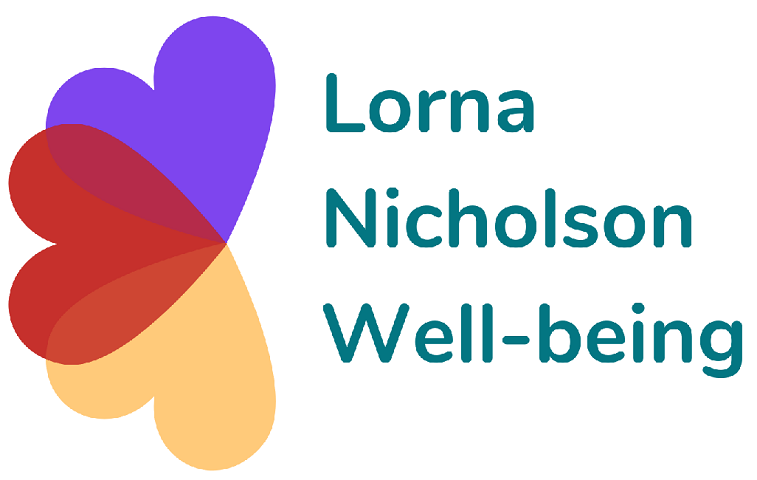A Brief History of Pilates
The Pilates Method of exercise has its origins in the work of the late Joseph Pilates, who was born in 1880 near Düsseldorf, Germany. He was a frail child and turned to physical fitness programmes to improve his body image, becoming a keen sportsman, developing talents in sports as varied as diving, gymnastics and boxing.
Interned in the war years because of his nationality, he developed a fitness programme for his fellow internees in order to maintain their health and fitness levels whilst being held in confinement.
Returning to Germany, he came into contact with the world of dance. At the same time as working with dancers, Joseph Pilates was also instructing the Hamburg police force in self-defence!
He was, in fact, asked to train the new German army, but declined and decided to emigrate to the United States of America. On the boat trip, he met a nursery teacher, Clara, whom he later married - and with whom he set up his first fitness studio in New York, at an address he shared with the New York City Ballet.
His studio soon began to attract the 'elite' of New York with leading ballet dancers coming to him because his exercises perfected and complemented their traditional exercise programme. Actors and actresses, sportspersons, the rich and the famous were all attracted to a workout that built strength without adding bulk, balancing that strength with flexibility, and achieving the perfect harmony between mind and muscle.
Pilates believed that modern life style bad posture and inefficient breathing were the routs of poor health.
He referred to his method as "Contrology".
"Contrology develops the body uniformly, corrects wrong postures, restores physical vitality, invigorates the mind, and elevates the spirit" JP
Pilates today is taught in several forms, directly reflecting the legacy of Joseph Pilates, who developed the method some 80 years ago. He did not lay down a formal training programme, with the result that, on his death, his 'disciples' continued teaching by adding their own variations to the core philosophy and exercises. This flexibility in approach is one of the reasons why Pilates has been so successful over this time period.







